Mozilla Firefox 25.0 Beta 10 is now available.
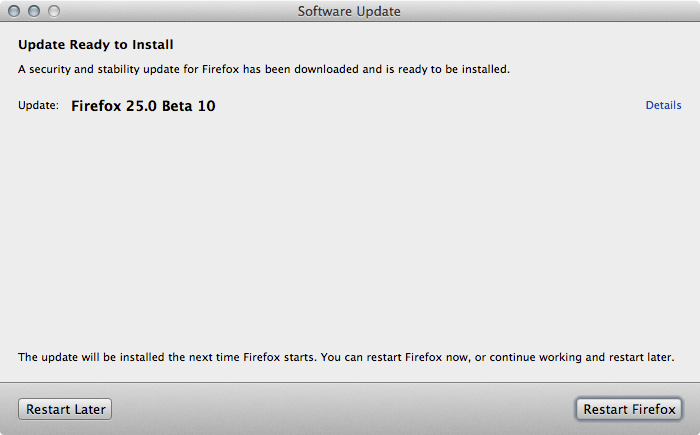

Now pointlessly enhanced with AI
Mozilla Firefox 25.0 Beta 10 is now available.

Mozilla Firefox 25.0 Beta 8 is now available.
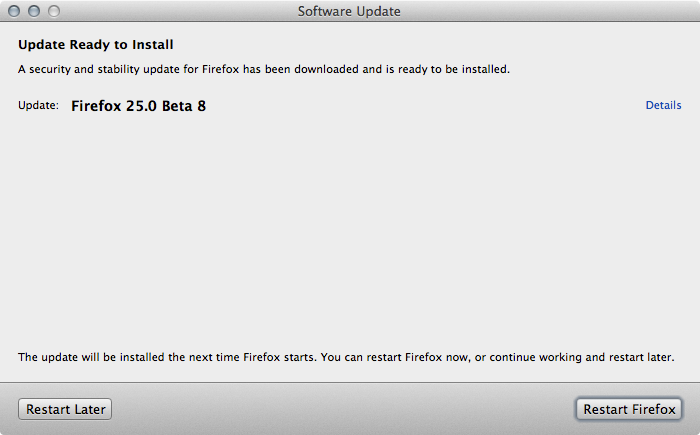
Mozilla Firefox 25.0 Beta 6 is now available.
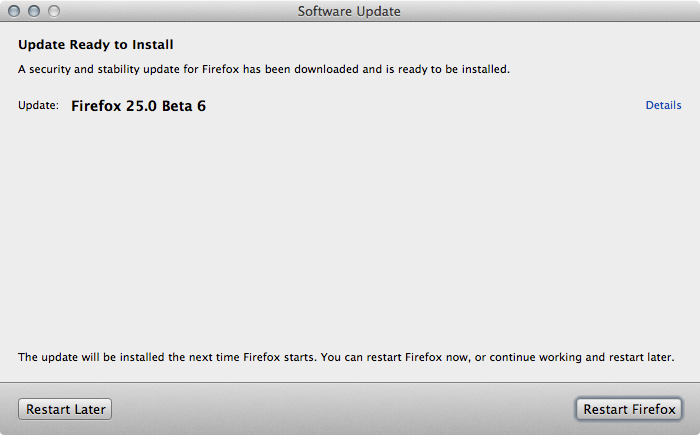
Mozilla Firefox 24.0 Beta 7 is now available.
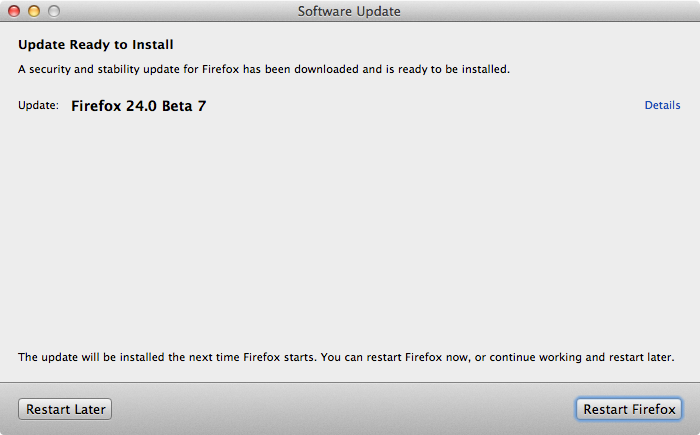
In addition to that Adobe have also released another Flash Player 11.8 Beta.
Mozilla Firefox 24.0 Beta 3 is now available.
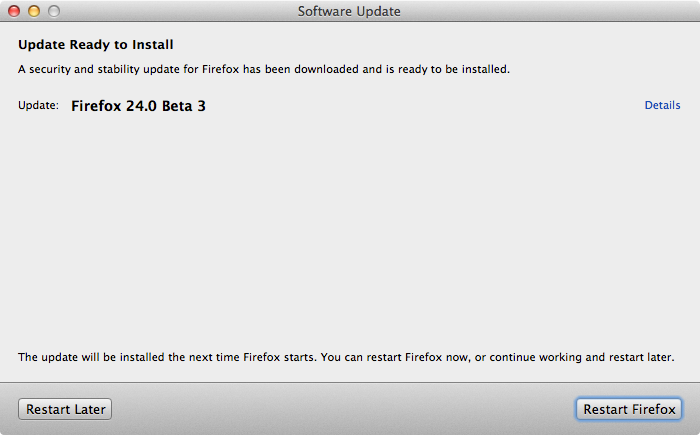
In addition to that Adobe have also released another Flash Player 11.8 Beta.
Elliott Kember wrote the headline: “Chrome’s insane password security strategy”
Kember points out the way Google Chrome manages saved passwords.
There’s no master password, no security, not even a prompt that “these passwords are visible”. Visit chrome://settings/passwords in Chrome if you don’t believe me.
Yes indeed. Unlike Mozilla Firefox, Google Chrome does not offer users to set Master Password. Apple added Passwords Manager in Safari 6; the passwords are actually stored in users’ Keychain.
Justin Schuh, who works on Google Chrome Security according to his Hacker News profile, says that it was a design decision to not include Master Password in Google Chrome.
For most users, there’s a certain level of inconvenience they are willing to tolerate when dealing with security. Unsurprisingly a lot of users are still using obvious passwords or none at all for their computer login. That’s because they prioritize convenience over security.
Security and convenience have an inverse relationship. It would look something like this:
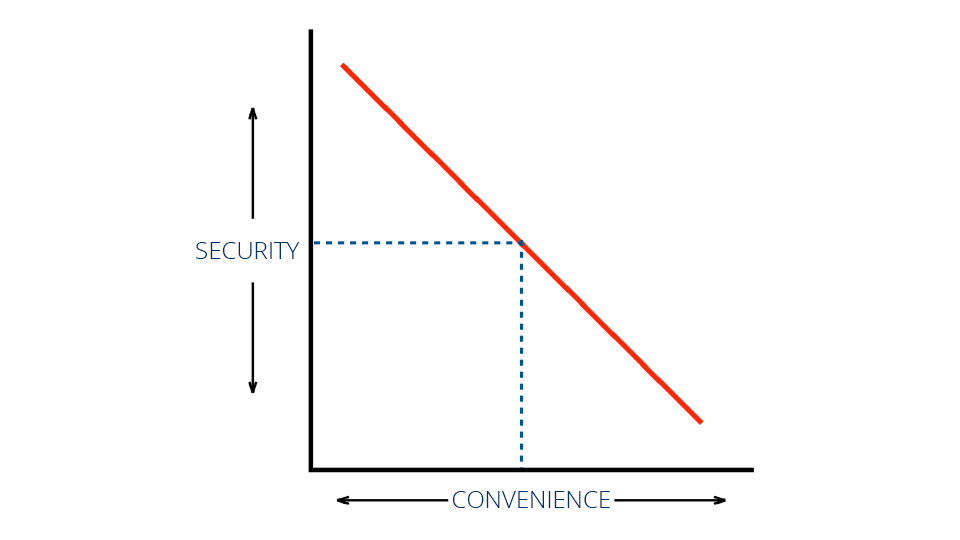
that is true if it is a linear relationship. In reality it looks more something like the following:
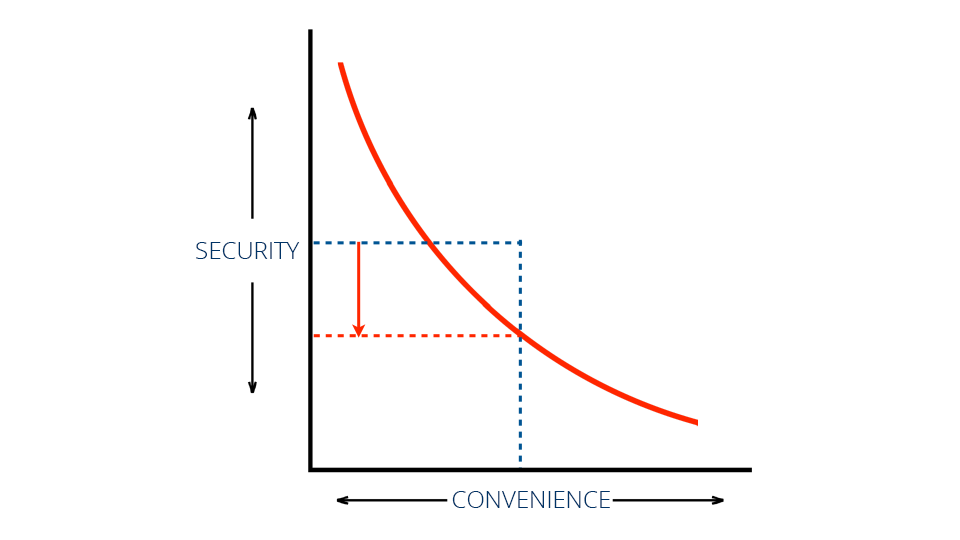
It is more like a curve line. More convenience means less security.
The concern about the way Google Chrome manages passwords is valid. At the same time there is a bigger issue with security. Having a Master Password option would be useless if it is the same obvious password people are using for their computer login. Most users using Mozilla Firefox never set the Master Password at all.
Users need to understand why they need to secure their computers. Ultimately the users are the one to set the security level based on their convenience level.
From CaminoBrowser.org:
Camino reaches its end
After a decade-long run, Camino is no longer being developed, and we encourage all users to upgrade to a more modern browser. Camino is increasingly lagging behind the fast pace of changes on the web, and more importantly it is not receiving security updates, making it increasingly unsafe to use.
Fortunately, Mac users have many more browsers to choose from than they did when Camino started ten years ago. Former Camino developers have helped build the three most popular – Chrome, Firefox, and Safari – so while this is the end of Camino itself, the community that helped build it is still making the web better for Mac users.
Thank you to all our loyal users, and to everyone who contributed in countless ways over the years to make Camino what it was.
As a matter of fact I am using Camino to write this very post just like many posts in the past. I do notice that Camino does not support a lot of CSS tags. Ironically, Camino still renders web pages better than Internet Explorer.
